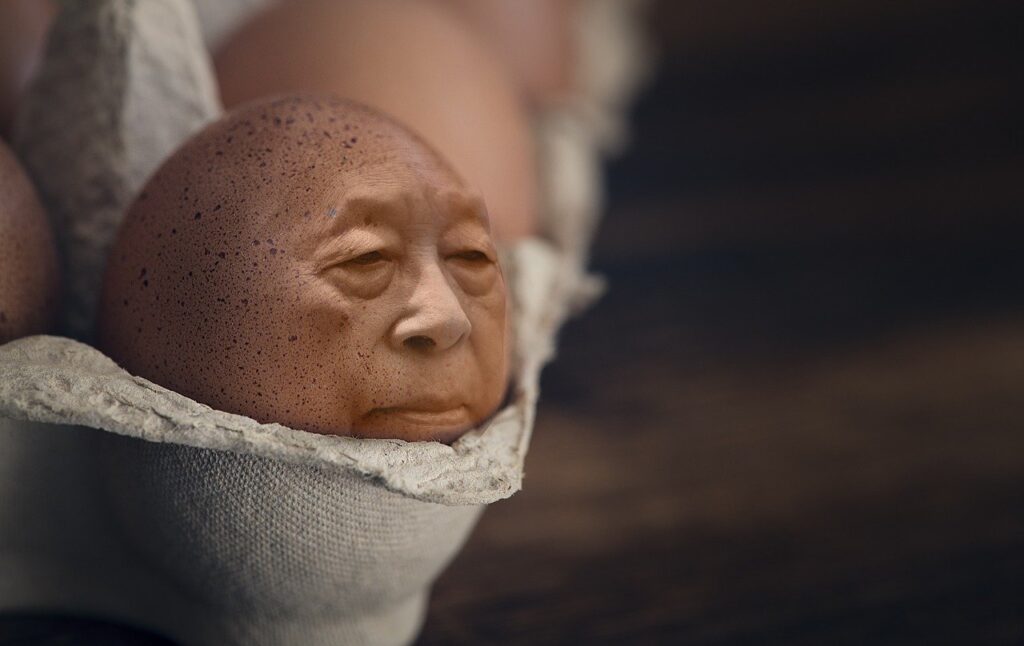If you want to create a professional and technical video with an aesthetic look, it’s not necessary to use expensive cameras or any other expensive videography equipment. You can be a pro videographer by learning a few key details that may not be known to you at first, but you will get better by knowing those critical details and practicing your craft. These videography tricks will prove to be very helpful, whether you’re filming a more high-end video brand or simply creating a vlog that your audience will love watching.
Many of these videography ideas and techniques are classic. This means that you can easily take up a career in filmmaking or videography and become a director, cinematographer, or filmmaker.

Here are some techniques or tricks that every videographer should know
1. Gather Your Equipment
Fortunately for early birds, we live in a time where good-quality digital cameras are created to be affordable for personal and recreational needs. You can practice videography by making short videos with cameras that you may already have. For instance, you can use your iPhone or Android smartphone, as long as you keep these few things in mind:
- Utilize the back camera for better quality footage
- Film in landscape mode (try placing the phone horizontally instead of vertically)
- Switch on the grid setting on your smartphone if you have it while shooting the video. This gives you the right directions to keep your phone level properly.
Many videographers highly recommend using a tripod to get steadier and precise shots. So, if they have the budget for the tripod, they purchase it.
2. Plan Your Shoot
If you’re going to record a music video, advertisement, or short film, you’ll have much more authority to plan your full video production from beginning to end. To really do it like the professionals, create your own story with illustrations of your shots in sequence. This will let you pre-visualize your final video clip and outline your desired scenes. It will work as your guide during filming and editing, plus it can help you choose the right time of day for shooting your selected products and the perfect cameras to be used before you start filming.
On the other hand, if you’re filming an event, you have to be ready as possible. For example, in a marriage ceremony, the wedding videographer should know how to film the most critical moments and create amazing videos of the bride and groom and the after-party.

Some simple wedding videography tips to remember:
- You should know the timeline for the whole wedding day like the back of your hand, and keep tabs on small details, from the ceremony to the reception program.
- Have a list prepared on the moments to want to capture. This list should involve the first kiss, the ring ceremony, the cake cutting, and other vital moments that the bride and groom would want to be immortalized.
3. Have Good Lighting
One of the essential techniques to achieve advanced-looking videos is to use lighting and exposure for your storytelling. During conceptualization, know how to place the lighting according to your scene. Determine the kind of lights you want and where you will put them to get the effect you want. Or, if you have a budget and are using the existing lights (like lamps and the sun), then try to make it work for your particular shot or scene.
For instance, if you are shooting a theatrical scene, you’ll need shadows in the right places. On the contrary, having lots of light can add happiness and create an ethereal feel, entirely relying on your light placement.
4. Keep the Background Simple
Don’t just shoot anywhere. Find a place or try to use a simple background or make it better by removing as much clutter as you can. Many use dark-colored backgrounds — be it a wall, a curtain, a bedsheet, or a backdrop paper — and place their products a few feet away from it to prevent a shadow from casting.
The key is to prevent those elements or minimize them, making the shot look cluttered and taking attention away from your main point. Although some different storylines and themes will benefit you from having a sloppy shot, you may want to pay attention to improving your videography skills with the basics and then upgrade yourself and experiment from there.

6. Observe Proper Camera Placement
A simple mistake that beginners make is not focusing on how the lens’s focal length and the camcorder’s relative distance from the object affect the shot’s look. For close-up scenes, never place your subject close to your camera, as this can create some unappealing facial distortions and make it more difficult for you to crop out some corners of the scene. It’s much simpler to place your camera a few feet away and cautiously zoom in with your camera lens.
7. Use Manual Focus
While the autofocus setting on your camera can be easy to handle, it can ruin your filming when it goes in and out of focus when trying to adjust your subject in scenes of dull lighting. The primary technique is to use the exposure lock on your mobile phone or switch to a primary focus on your standalone camera, so you can utilize your own eyes and adjust the focus yourself.
Adjusting the focus also lets you add some cool filters to your video, such as the rack focus technique is a type of technique where you can modify or focus various kinds of on objects successively (with the help of a small depth of field blurring the background and everything else out) to direct your audience’s attention. When used correctly, it can be a powerful technique for storytelling.
8. Set Your White Balance
The actual challenge that many pros go through many difficulties is temperature, retouching, and color correction. If you need more than one camera to film the same shot, it’s possible for the recorder to have various types of default color temperatures and corrections. This is a problem that arises when you are using cameras of different companies like Sony and Canon. Though, the same problem can occur on using cameras of a similar brand. It will be very distracting for the viewers to watch bluish and warm yellow clips together in one scene.

So, you need to set the white balance on all cams before filming to produce more original, professional-looking, and consistent clips. This will guide and motivate you to speed up the editing method and lessen post-production costs in the future. The perfect white balance is subjective and can rely on your desired output. For instance, you could intentionally place it to look even colder to give the shot a more severe or scary vibe. You have to make it work for your stories and practice more to bring consistency and uniqueness to each scene.
9. Apply Cinematic Methods
An actual professional video theme incorporates a mix of basic camera techniques that will amplify the storytelling and keep your audience interested. If you want to amplify the quality of your videography to the next level and attract more viewers, you should apply or use some cinematography techniques.
The techniques you pick to use will highly depend on the level of your aesthetic, creativity, and how you want to film the scenes, but it’s always better to choose just some of the most vital moments that will best tell your story. You don’t want to overdo the scenes and end up disappointing your viewers with those shots rather than with your account.
10. Avoid Shaky Shots
Whether you’re traversing, doing a crane scene, or moving from side to side, you don’t want your clips or scenes to look shaky. Aside from possibly making your video clip look like home videos, it could make your audience feel exhausting and will eventually bore them. Placing your camera on a tripod or any steady state is the critical technique of not taking shaky shots.
Once your camera is ready and adequately set, try not to change the camera’s position unless you have to. When you have to start traversing or zooming, handle your camera as professional videographers do, so you have to practice holding your camera in different ways. Don’t move very fast and don’t make any sudden stops.
LAST BUT NOT THE LEAST:
Aspiring videographers often worry that they will need a massive budget for making a high-quality video. Ultimately, the best recorder for a new videographer is the camera you know how to use, whether your smartphone or your Nikon. It is self-evident for you to dream of a movie camera with a budget of tens and thousands of dollars; the market is filled with great DSLRs and mirrorless cameras that will work efficiently to create high-quality video. So, work hard and earn your camera.
Once you become comfortable with techniques, you will be able to handle any camera you want. I hope my article gave you a brief introduction to some videographer techniques every videographer should know.

